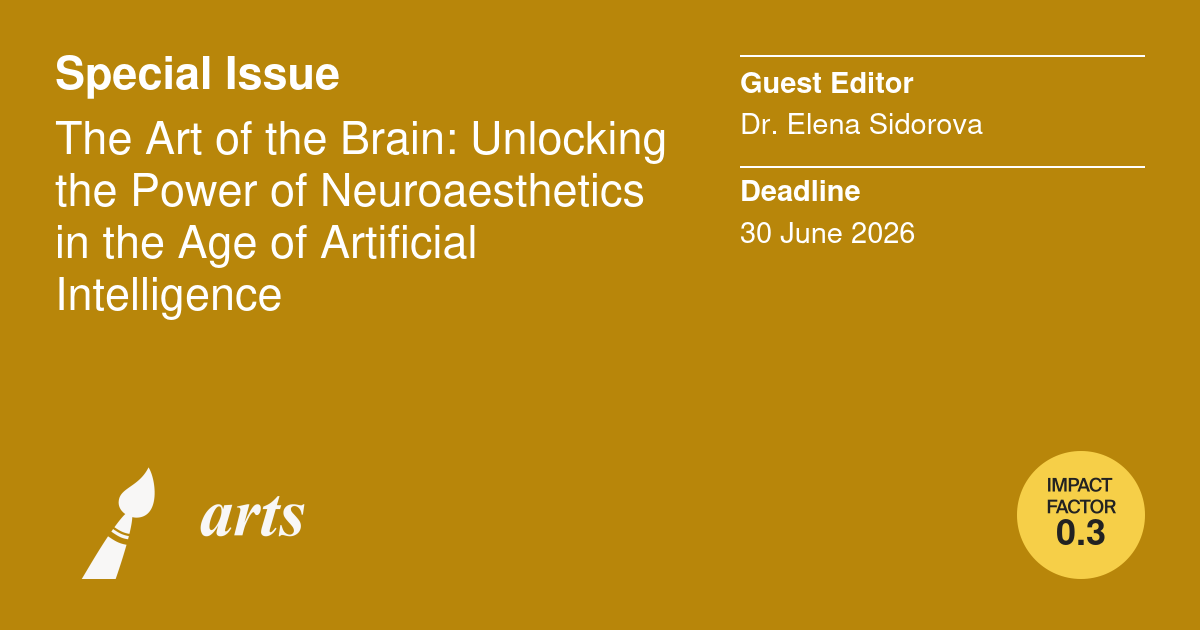
The Art of the Brain: Unlocking the Power of Neuroaesthetics in the Age of Artificial Intelligence
The relationship between art and the brain is multifaceted. Art not only stimulates various brain regions but also offers numerous cognitive, emotional, and social benefits. Whether you are an artist or simply an appreciator, engaging with art can enrich your life in profound ways. Neuroaesthetics, a field exploring the intersection of neuroscience, psychology, and the arts, seeks to bridge the gap between subjective aesthetic experiences and objective scientific inquiry. By understanding the neural mechanisms underlying our appreciation of art, we can gain more profound insights into the human mind, creativity, and the nature of beauty itself.
Studying the relationship between art and the brain offers a wealth of valuable insights. It can help us understand the human mind by revealing how our brains process information, perceive beauty, and experience emotions. This knowledge can be applied to develop new therapies, such as refining art therapy techniques for treating mental and physical health conditions. Furthermore, understanding how art engages different brain regions can inform art education practices and create more effective and engaging learning experiences. By demonstrating the cognitive, emotional, and social benefits of art, research can encourage greater access to and appreciation of the arts in society, ultimately promoting human well-being. Finally, exploring the intersection of art and neuroscience can lead to innovative approaches in fields like artificial intelligence, virtual reality, and human–computer interaction.
The international scholarly open-access journal "Arts" (ISSN 2076-0752) invites submissions for the Special Issue on the topic "The Art of the Brain: Unlocking the Power of Neuroaesthetics in the Age of Artificial Intelligence." We welcome interdisciplinary contributions (4,000–6,000 words long) from researchers working in various academic disciplines, including art history, sociology of art, art economics, legal studies, neuroscience, cognitive science, biology, psychology, and computer science, which address the following topics:
Data-driven Forms of Aesthetics (Data Aesthetics, AI Aesthetics, Neuroaesthetics): Examining how AI, potentially informed by large datasets of neural responses to art through brain-computer interfaces, is evolving its own "aesthetic" and what that means for the creation and consumption of human-centric artistic outputs.
Neuroscience of Creativity: Investigating the neural mechanisms underlying creative processes, such as divergent thinking, insight, and imagination; examining the role of specific brain regions, neurotransmitters, and brainwave patterns in creative cognition; exploring how different art forms engage and stimulate creative processes.
Art and Cognitive Function: Studying the impact of art engagement on cognitive abilities like attention, memory, problem-solving, and executive function; investigating how art can enhance cognitive function in aging populations and individuals with neurological conditions; exploring the use of art-based interventions to improve cognitive outcomes in various settings.
Art and Emotional Regulation: Exploring how art can influence emotional states, such as reducing stress, anxiety, and depression; examining the neural mechanisms underlying the emotional response to art, such as the activation of reward centers and the release of neurotransmitters like dopamine; exploring the use of art therapy as a therapeutic intervention for emotional and mental health challenges.
If you are interested in contributing to the Special Issue, please send a short abstract (250-300 words) and your bio (150-200 words) to Dr. Elena Sidorova (elena.sidorova@sciencespo.fr) by 01 March 2026. The submission deadline for full-length articles for peer review is set for 30 June 2026. There is no fee to publish with the Special Issue.